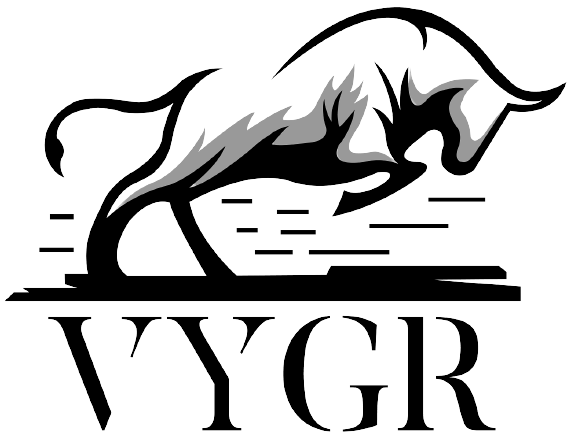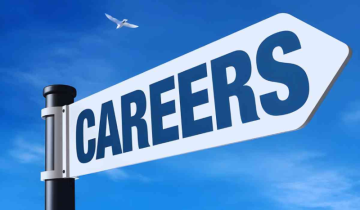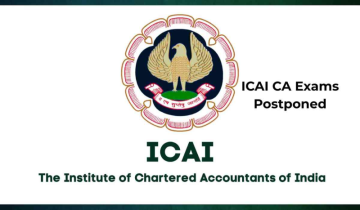In today's increasingly interconnected world, diversity and inclusion are more than simply buzzwords; they are basic ideals that affect our workplaces, communities, and society as a whole. However, biases continue to exist, creating barriers that hinder development and maintain inequality. It's time to face these prejudices head-on and work together to eliminate them.
Understanding Our Biases
Recognizing prejudices and addressing them head-on is the first step in eliminating them. We all have unintentional prejudices that have been influenced by our upbringing, culture, and experiences. These prejudices may creep into the way we make decisions, influencing everything from hiring procedures to personal interactions. It's essential to face these biases head-on with humility and a will to change.

The importance of Education
Education is an effective instrument for combating bias. We must make an effort to educate ourselves about various backgrounds, cultures, and viewpoints. This learning process entails reading a variety of books, participating in debates, and going to workshops or training sessions that address unconscious prejudice. We can confront and destroy preconceived assumptions by broadening our knowledge.
Building Inclusive Spaces
The idea of inclusion does not come naturally; it calls for initiative. Organizations must work to foster cultures that celebrate diversity and are not just accepting of it. Workplaces that are inclusive ensure that each employee, no matter what their background, feels respected and heard. This entails putting in place inclusive policies, encouraging candid communication, and advancing a respect-based culture.
Leadership's Function
In establishing the tone for tackling bias, leaders are crucial. They must set an example by acting and making choices that reflect their dedication to diversity and inclusion. When leaders uphold these principles, it permeates the entire organization and inspires others to do the same.

Making Decisions Based on Data
Data is an effective weapon in the struggle against bias. Organizations can spot inequalities and take appropriate action by evaluating data on hiring, promotions, and employee satisfaction. Bias in crucial areas of the workplace is decreased thanks to data-driven decision-making.
Mentorship and Sponsorship
Programs for mentoring and sponsorship can be very helpful in lowering barriers for underrepresented groups. Opportunities for professional development, visibility, and assistance are offered by these programs. Individuals and organizations can help level the playing field by enthusiastically supporting or participating in such projects.
Regular Assessment and Accountability
The process of overcoming bias involves constant assessment and accountability. Assess development frequently, get worker feedback, and make any adjustments to your initiatives. Reiterate the commitment to change by holding individuals and the organization accountable for eliminating bias.

Diversity is Strength: Accept It
Let's not forget that diversity is a source of strength and innovation rather than merely a box to be checked. Diverse teams foster innovation and problem-solving by bringing a range of viewpoints, experiences, and ideas to the table. We can help our communities and companies reach their greatest potential by embracing diversity.
Overcoming biases is a shared journey that involves dedication, knowledge, and ongoing effort. It's a journey that will take us to a better future, one in which inclusive workplaces and fair chances are the rule rather than the exception. Let's join forces to break down the barriers of prejudice and create a society that honours each person for their individual contributions.
The views expressed in this article are personal. They do not reflect the opinions, beliefs, or positions of Vygr and Vygr Media Private Limited.









